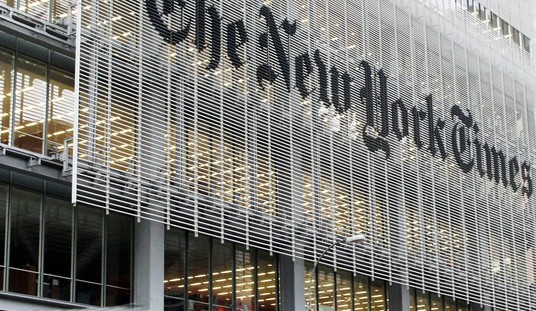SCRANTON – This northeastern Pennsylvania city is charming. You might even consider it gorgeous, if you appreciate the remarkably well-preserved old-world charm that industrial cities carved into their grids at the start of the 20th century.
In the past ten years, Scranton has gone through a renaissance that brought new life to the old buildings of its bustling past and a surge in construction of downtown apartments and storefronts, according to Jeff Brauer, a political science professor and city-planning expert at nearby Keystone College.
Unfortunately, he said, no one planned for what would happen after the construction ended.
“This is not ‘Field of Dreams’ – just because something is built doesn’t mean people will come,” he explained.
Mayor Chris Doherty says such things are “an organic process, one that takes time to mark as a success.”
Brauer is right: From a distance, the city looks sparkling, trendy, but walk along its sidewalks and you find too much of the new construction and revamped infrastructure are unfilled. And Doherty is right, too: Rebranding a city to attract homeowners, shopkeepers and bigger businesses usually takes a generation or more.
Scranton has been a microcosm of recent American politics because of home-town claims by former First Lady Hillary Clinton, Vice President Joe Biden and Pennsylvania’s Casey family.
The big-media narrative of Scranton typically contains the words “hard-scrabble,” “gritty” and “blue-collar,” usually all in the same sentence.
Brauer thinks that narrative is flat-out wrong. “This is a white-collar town, period,” he said, pointing to health-care, academic and banking jobs created or attracted during its renaissance.
That didn't stop Joe Biden from going for the “hard-scrabble” narrative when he crashed the city’s July 4 celebration with a campaign stop. Before a crowd waiting for the “Scrantastic Spectacular” fireworks display, he declared: “So many sons of Scranton have been knocked down, but they’ve gotten back up, time and time again.”
Recommended
He and U.S. Sen. Bob Casey, the only political luminary who actually lives in the city, met with labor leaders here before Biden’s campaign stop – one week before Mayor Doherty caused a ruckus by reducing everyone on the city’s payroll to minimum wage, including police, fire-fighters and himself.
Doherty, never a member of the city’s Democrat machine, wants to raise taxes. Council president Janet Evans, who wants the mayor’s job, is stonewalling him.
“We had no money in the budget to meet payroll,” Doherty said in an interview. “It was not an easy call to make.”
Doherty’s move left national Democrats scrambling because they had no idea how to champion a Democrat beating down other Democrats by wanting to raise taxes and by cutting the pay of municipal unions, Brauer said.
Scranton discovered a way to transform itself years ago, after its era as a railroad and manufacturing base ended, by diversifying its economy. Today, universities, hospitals and social services are the largest employers, along with banks.
“The first three entities do not pay taxes,” Brauer said, “No tax base coming in means no money in the city budget. That causes taxes inside the city to skyrocket, so to live or conduct business here is very expensive.”
Doherty agrees that that is Scranton’s big problem, just as it is for many other small cities across the country. “And the recession has taken its toll” of small businesses as well, he adds.
A lot of government buildings can be found here – local, state and federal offices which further lessen the tax base so that, basically, only lawyers and bankers are paying the city’s taxes.
A split personality exists in the city, according to Brauer: The outside world and politicians call it gritty and blue-collar, while city elites are trying to transform it into a chic, progressive, artsy white-collar community.
Whenever it is convenient to draw attention to themselves, those outsiders and political home-town wannabe’s will continue to portray it as America’s quintessential blue-collar town – a microcosm of American problems.
And it just isn’t, says Brauer. It just can’t be a blue-collar town if no blue-collar jobs exist.
All of which makes residents here wonder if Scranton honestly can be used as a political backdrop when Pennsylvania plays the decider role or spoiler role in this year’s complicated presidential election.

























Join the conversation as a VIP Member